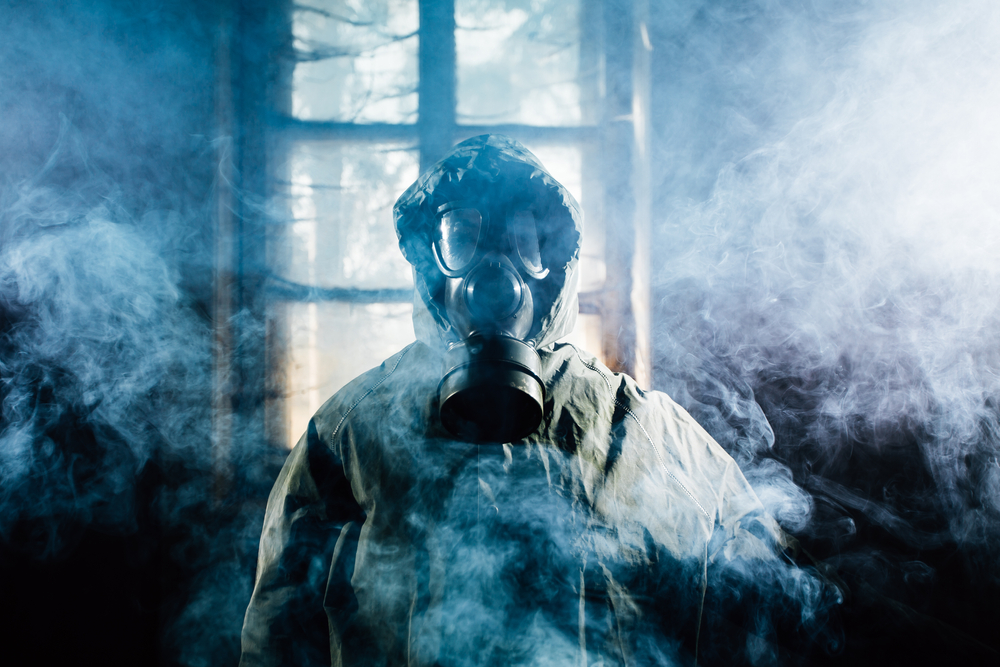Does your plant produce hydrogen sulfide gas as a byproduct or use hydrogen sulfide as an essential component in your operations at the plant? Often found in petroleum, natural gas, mineral rock, and natural hot springs, hydrogen sulfide, or H2S gas, is a hazard for anyone who comes in contact with it. Find out more about the dangers of H2S gas from our experts.
It may smell like rotten eggs but it’s unseen by the human eye. Find out the top 3 reasons why hydrogen sulfide (H2S gas) is so dangerous!
What Is Hydrogen Sulfide & Where Can It Be Found?
Hydrogen sulfide is a toxic gas that can be emitted during the drilling or extraction of natural gas. It is also present when bacteria in waste or organic materials break down due to an absence of oxygen. Because even the smallest concentrations can cause side effects, it is extremely lethal in confined spaces, low-lying areas, or spaces with poor ventilation.
Here are three dangers of H2S gas worth considering:
- It’s colorless
- It can be life-threatening
- It can be highly explosive
1) It’s Colorless
Although hydrogen sulfide is known for its “rotten egg” smell and often goes by the names sour gas, sewer gas, or stink damp, its danger lies in its absence of color. As a colorless gas, H2S gas can unknowingly build up in an area and reach an exposure limit that can limit your ability to smell. This reaction known as olfactory desensitization can deaden your senses, which in turn, could allow H2S gas to increase to a concentration that could lead to irreversible health effects.
2) It Can Be Life-Threatening
Like most toxic gases, H2S exposure can be gravely dangerous for the health of your workers. Those who operate machinery or work in close proximity to hydrogen sulfide gas should be educated about the symptoms when the gas is present. According to the Occupational Health and Safety Administration, H2S gas is one of the major causes of workplace injuries.
Even moderate levels of exposure to hydrogen sulfide can result in fatigue, headaches, loss of balance, and vomiting. A person exposed to a concentration over 50ppm may experience severe side effects while being exposed to 100ppm or above can mean immediate death. H2S is more dangerous than other gases because a person may lose their sense of smell and wouldn’t be able to determine if the hazard was still present. This false sense of safety tends to lead people to lower their defenses and not exit the environment thinking the gas is no longer present.
3) It Can Be Highly Explosive
H2S gas, in high enough concentration, can also be explosive. H2S is both flammable and explosive over a wide range of concentrations so, even the smallest ignition sources such as cigarettes, pipes, or even matches can create a dangerous situation.
Choose GDS Corp
Does your facility produce hydrogen sulfide gas as a by-product or use hydrogen sulfide gas on a regular basis? Given the toxic nature of the gas, it is important to educate workers about the nature of this deadly gas and establish a safety protocol that you can follow. With GDS Corp, you can trust that your workers will have the solution needed to guard against these hazardous characteristics of hydrogen sulfide.
Contact our team for a hydrogen sulfide gas detector customized to your specific needs.

